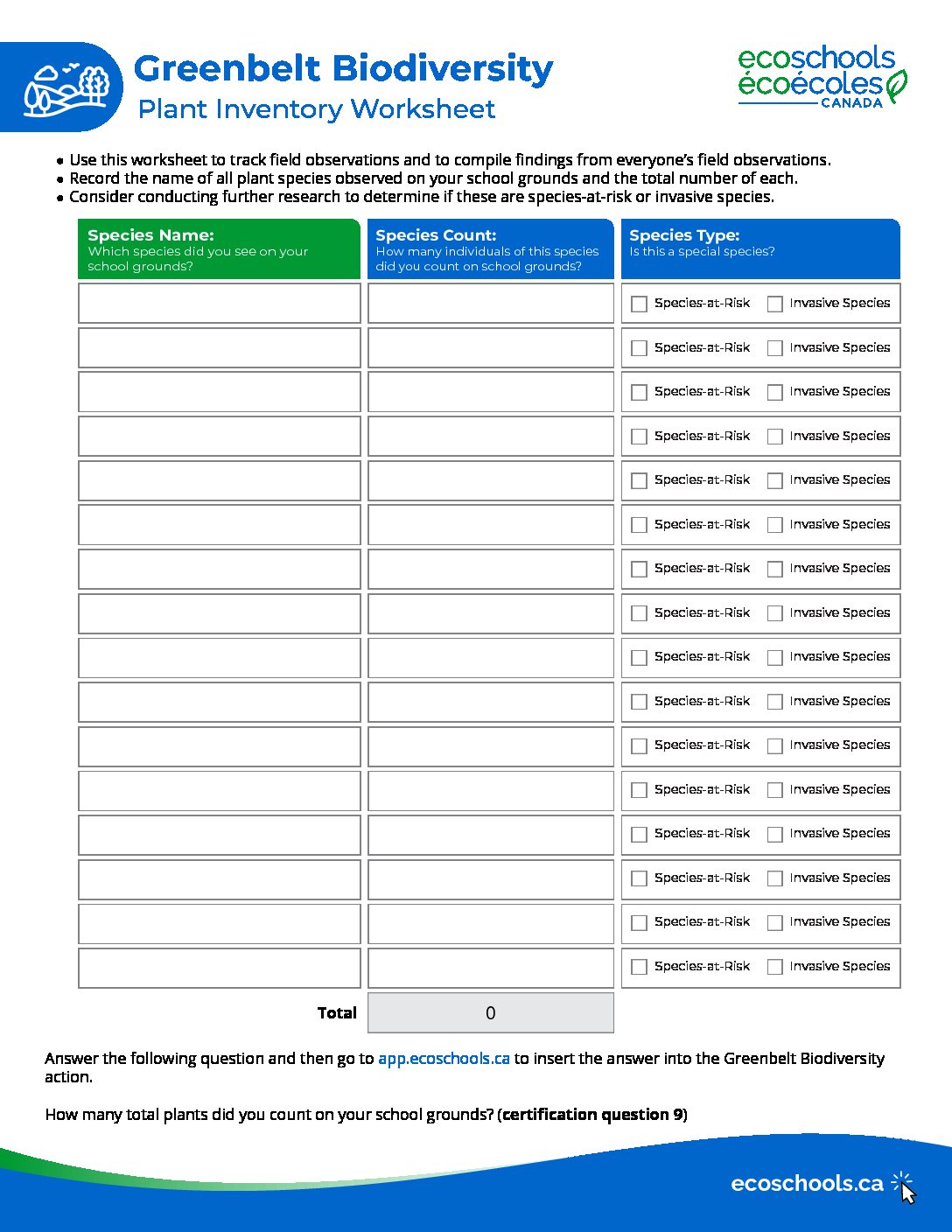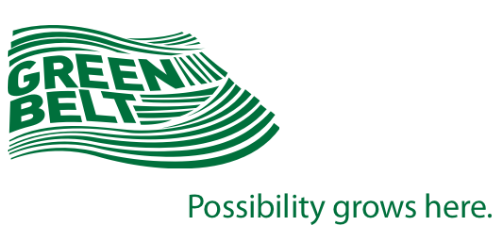Greenbelt Biodiversity
Greenbelts exist all over the world, but Ontario’s Greenbelt is the world’s largest! Stretching over two million acres, the Ontario Greenbelt is one of the most biodiverse areas in all of Canada.
The Greenbelt designation is used in land-use planning to protect natural, agricultural, undeveloped, and residential areas, as well as critical water systems that surround and intersect urban areas. These important landscapes are home to many farms that grow our food, help clean our air and water, provide habitat for wildlife, and ensure our communities have natural spaces to explore.
For the Greenbelt Biodiversity action, students are invited to conduct a biodiversity inventory and plant native species on their school grounds. While this action is focused on Ontario’s Greenbelt, biodiversity inventories are still a powerful way to support conservation initiatives in your region!

Grants for schools within the Ontario Greenbelt Region
Are you looking to enhance biodiversity on your school grounds this year?
Invite your students to submit an entry to the Young Reporters for the Environment competition, highlighting Ontario’s Greenbelt, for a chance to win up to $5,000 in funding for a school biodiversity project! It’s a fantastic opportunity to make a lasting impact while learning about local ecosystems.
What is YRE?
Young Reporters for the Environment (YRE) is an international student contest where participants share environmental stories through photography, videography, or writing. Learn more about YRE.
There are 11 grants available:
1 grand prize of
$5,000
10 runner-up prizes of
$1,000
Winners will be selected from entries in any category of the YRE competition (photo, article, or video). Schools can submit multiple student entries, increasing their chances of winning.
How to qualify:
- Submit a student entry to the Young Reporters for the Environment (YRE) that focuses on Ontario’s Greenbelt in any category (photo, article, or video). Entries must comply with the YRE Competition Rules.
- Schools must be located on, or within 5 km of, the Greenbelt. To find out, please click here.
- Schools must be willing to host a small planting event in the Spring (supported by EcoSchools Canada and the Greenbelt Foundation). Only one school will be selected for this opportunity.
- Approval must be obtained from the school board/district or landowner for the planting project.
- The grant must be used to prioritize planting native species.
Greenbelt Biodiversity Resources
Making Connections
- The Greenbelt Biodiversity action can be integrated into your classroom teaching through:
- Mathematics: Use mathematical modeling software or graphing to analyze data from this action. Students can extrapolate their collected data to make predictions about species diversity in Ontario’s Greenbelt.
- Sciences: Follow scientific protocols for rigorous data collections and documentation of field experiences while completing this action. Invite students to create food webs based on the plants and animals found in your school ground.
- Social Studies: Research the history of the Ontario Greenbelt and legislation that was instituted to protect this land. Review recent media to explore how the Greenbelt continues to be a topic of interest in politics.
- Connect your Greenbelt Biodiversity action to the Sustainable Development Goals including Good Health and Well-being, Sustainable Cities and Communities, and Life on Land.




